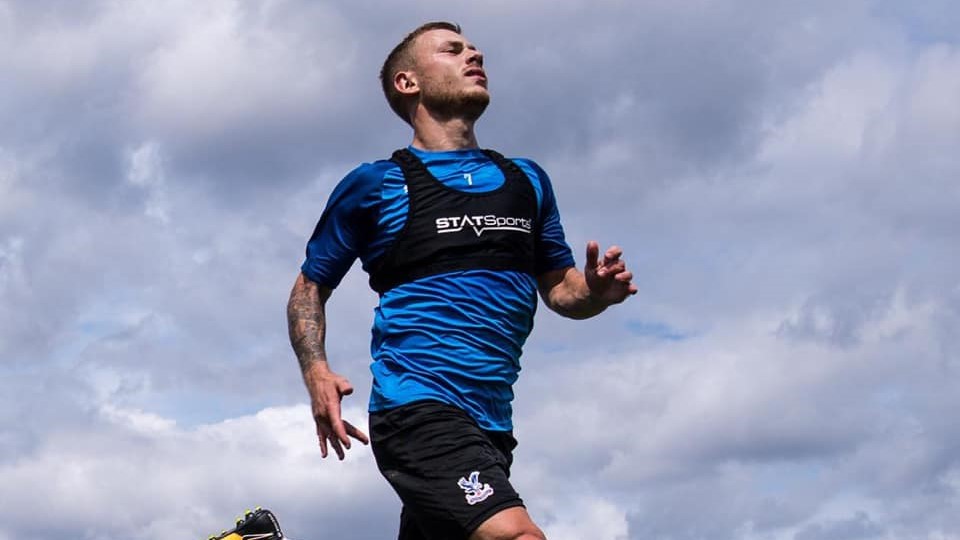
07 Apr The Use of GPS for Rehabilitation in Field Sports
Introduction
Injuries have a significant impact on professional sports due to their large influence on team performance and the cost of days lost to injury for players (Rossi et al., 2018).
The use of a global positioning system (GPS) to monitor training load in field sports is well documented. Quantifying and monitoring training load is key for guiding the rehabilitation process and the STATSports Apex device provides valid measures of external running loads to inform the load monitoring process (Taberner et al., 2020).
Effective load monitoring and rehabilitation may potentially minimize days lost to injury and contribute to improving team performance.
Recent studies have used the Apex device to monitor various metrics based on each stage of the rehabilitation process. Taberner et al. (2020) used retrospective chronic running loads in conjunction with estimated tissue healing times to develop a five-phase framework called the Control-Chaos Continuum.
This method guides the player from low load, low impact movements through to relative training demands as the player meets benchmarks set for each phase.
This model is aided by GPS technology to monitor player progression throughout the rehabilitation process by providing objective data.
During the rehabilitation process, practitioners will often try to identify GPS-derived metrics which may have a link to specific injury risk and use this data to inform load monitoring.
For example, a hamstring strain may require the practitioner to look at metrics such as High Speed Running (HSR) and Sprint Distance whereas a soleus strain may require the practitioner to focus on Total Distance and Accelerations/Decelerations (Leman, 2017).

Figure 1. The Control-Chaos Continuum (Taberner et al., 2020).
The Control-Chaos Continuum
The Control-Chaos Continuum (Figure 1) outlines the rehabilitation process using five distinct phases. These phases start at high control and progress gradually up to high chaos.
High control means moving at a low speed and minimizing sport-specific tasks. High Chaos takes into account the technical considerations of the sport, for example passing and shooting.
This phase aims to mimic game demands by implementing both change of direction and high-speed running drills with the use of a ball.
The Control-Chaos Continuum transitions from high control to high chaos based on progression criteria for the athlete.
By using real-time objective feedback, the practitioner can ensure the athlete is meeting prescribed criteria for each session and each phase of the continuum.
The STATSports Apex device along with the Apex Live iPad app can be used throughout the rehabilitation process to monitor key metrics and objective measures of external training load in real time.
Table 1. Control-Chaos Breakdown
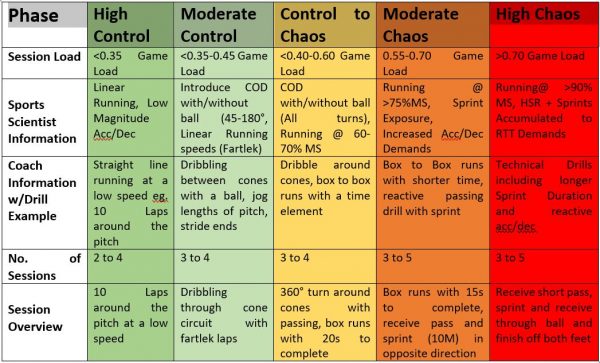
The table above demonstrates each phase of the process from both a scientific and coaches’ point of view.
Figures 2 and 3 show an athlete’s total distance and high speed running progression respectively, using data derived from Taberner et al. (2020).
Each phase of the continuum gradually increases both the total and high speed running distance covered. High speed running is classified as distance covered at a speed of 5.5m/s (19.8km/h) or above.
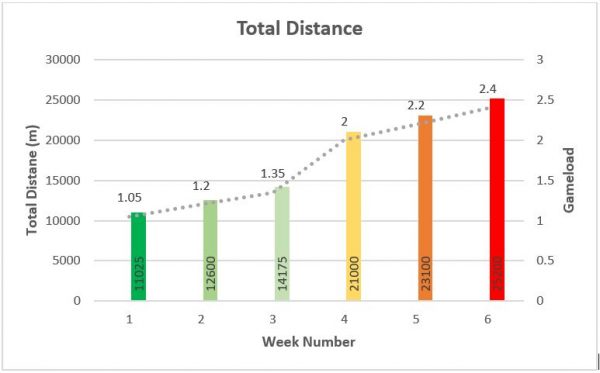
Figure 2. Total Distance (m) progression throughout the Control-Chaos Continuum
As previously discussed, the high control phase of the continuum shows little distance covered and no high speed running.
By the end of the high-chaos phase, the athlete is above game demands for total and high speed running.
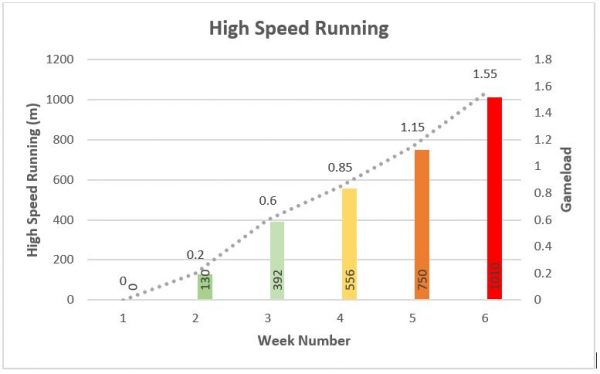
Figure 3. High Speed Running (m) progression throughout the Control-Chaos Continuum
Practical Considerations
GPS can be practically applied to provide objective data in real time to aid the rehabilitation process.
The STATSports Apex Live iPad app can be used to monitor a players’ progression, such as high speed running for a session in the moderate control phase of hamstring rehabilitation.
A coach can practically apply the continuum with use of the GPS to monitor the goals of the session.
As demonstrated above, thresholds on high speed running may be applied in the high control phase in order for a player to progress safely throughout the continuum.
GPS data can aid the decision-making process by setting out clear goals for the session and that phase. For example, in the moderate chaos phase, the practitioner may have a target distance for the session in order for the athlete to progress.
It is important to utilize the external data gathered from GPS to monitor progress and apply it to make sessions specific to the phase of rehabilitation.
If an athlete is in the moderate control phase the coach should not plan a session based around sprinting and reactive drills.
The STATSports Apex Live iPad app should be considered as a tool that can be applied to aid rehabilitation and the decision-making process by providing real-time external load data throughout the control to chaos continuum.
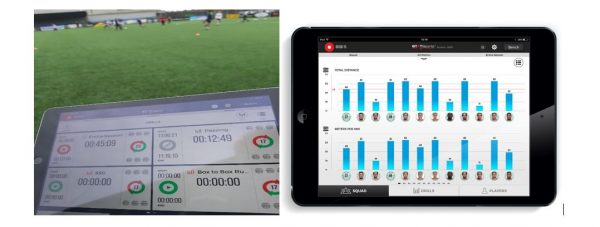
Figure 4. STATSports Apex Live Application
References
- Leman, N. (2017). Utilizing gps in football rehab and return to play in professional fo…. [online] Slideshare.net. Available at: https://www.slideshare.net/NickLeman1/utilizing-gps-in-football-rehab-and-return-to-play-in-professional-football [Accessed 2 Mar. 2020].
- Rossi, A., Pappalardo, L., Cintia, P., Iaia, F., Fernàndez, J. and Medina, D. (2018). Effective injury forecasting in soccer with GPS training data and machine learning. PLOS ONE, 13(7), p.e0201264.
- Taberner, M., Allen, T. and Cohen, D. (2020). Progressing rehabilitation after injury: consider the ‘control-chaos continuum’.
Author Details
Adam Fox
Graduate Sport Scientist – Account Manager